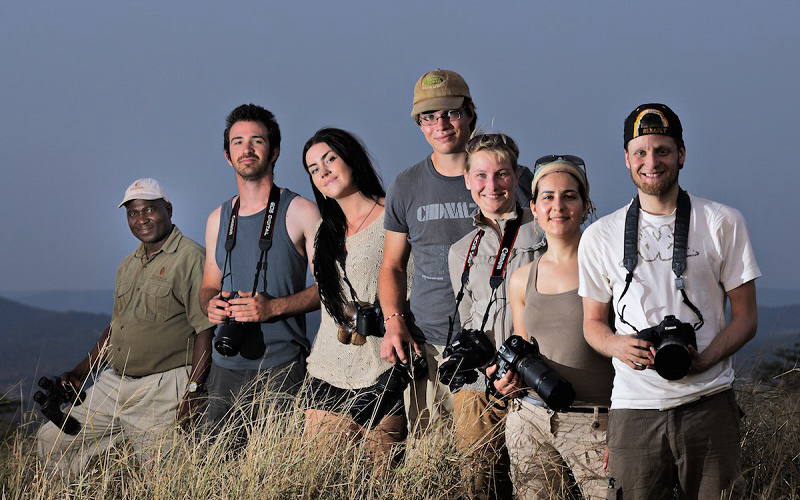Those who leave a trace in our history are those who leave an impression in our hearts!
Mohammad Ghaffari, known as Kamal-ol-Molk, is one of the most admired and distinct artists of Iran. His artwork has been a gateway to new horizons for generations still to come.
Talent was in his blood, for he was born into a family of artists. He developed an interest in calligraphy (writing) and painting. At an early age in his childhood years, he drew charcoal sketches on the walls of his bedroom which may still be evident in that very house.
Once finishing his primary schooling in Kashan, Mohammad moved to Tehran
to further his studies in Dar-ol-Fonoon School of Art. Among Naseredin Shah’s many visits to the school, he became familiar with Mohammad’s gifted talent and invited him to the court (darbar). During this period, he created over 170 paintings of landscape, royal camps, portraits of important people, and different parts of the palace.
He was first given the title “Naghash Bashi” for his acknowledgements but later with his eminent progress he became known as “Kamal-ol-Molk” (the most valuable worthiness). Kamal-ol Molk is known for a number of his most famous work during his stay at the shah’s court. The most magnificent piece among these is “The Mirror Hall” which took six years to complete (1885-1891). In this lively spirited painting, Naseredin Shah is portrayed sitting in the middle of Mirror Hall of Golestan Palace. The reflection of light and shadow of objects in the mirrors, as well as the reflection of the mirrors in one another, are so delicately painted that the observer is left surrounded by wonders and unspeakable words. He also drew a self portrait in 1920 which is also highly credited.
During Mozaffareddin Shah’s ruling, Kamal-ol Molk was facing undesirable painting requests; but, he dealt with the situation subtly, refusing to accept the offer. This rejection caused tension among both sides. Furthermore, he was falsely accused of stealing two pieces of gold from the palace. His heart could not bear such pain, thus he set out for Europe during which he enhanced his art. Mozaffareddin Shah’s second visit to Europe and the love that he had for his county made him return to Iran after four years.
With the growth of art appreciation in Iran, Kamal-ol-Molk established “Sanaye Mostazrafeh Art School” in Tehran, better known as Kamal-ol-Molk Art School. He introduced a variety of arts such as carpet weaving, mosaic designing, and woodwork to his students. Despite his academic teachings, he also taught his students about life, morals, love, and humanity. The love that he had for the young generation went beyond his professional standards. At many times, he stayed late at school teaching, and selflessly helped poor students in need with a portion of his monthly salary.
With his knowledge and dedication, he trained competent students who have become the famous artists of today, faces like Esmaeel Ashtiani, Ali Mohammad Heidarian, Mohsen Soheili and others. The achievement of these artists received much attention both in Iran and Europe. In 1927, due to further uncompromising with the Pahlavi Dynasty, he resigned from teaching and painting altogether and assigned his position to one of his most acknowledged students, Hussein-Ali Vaziri. Kamal-ol-Molk moved to Neishaboor where he lived the remainder of his life and passed away in 1940 at the age of 93.
Kamal-ol-Molk gave life to the extent and understanding of art in Iran. Iranian painting was limited to Miniature during and before the Qajar Era. Hence, he opened a door of opportunity to the young generation of artists succeeding him. In addition, he is remembered as a man of great value and morals, whose honor and love for his country had no boundary. He has left a piece of his soul in each of his paintings and will remain as a distinct artist in Iran’s history.



